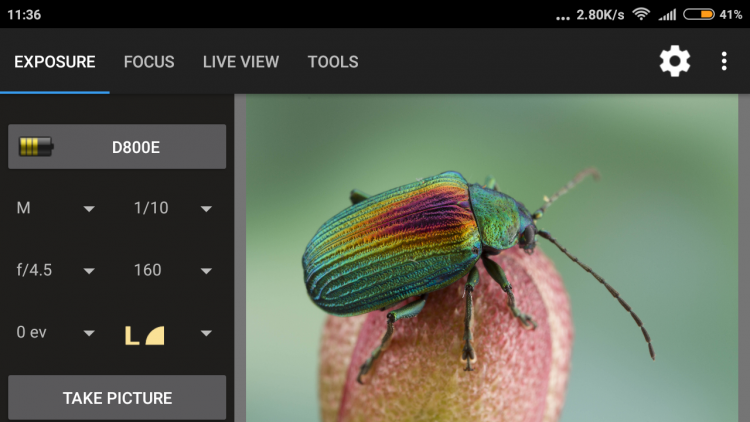

This will get me 600X magnification through the eyepieces and on the camera, which is closer than my next highest magnification of 400X, with a 40X Achromatic Objective lens.
I’ve decided to replace the 100X objective lens, which requires a drop of oil between the lens and the specimen coverslip to be able to focus, with a 60X Plan Achromatic lens. To overcome that to a degree, I can change the focus so that I get images with sharper edges too, but there are also what’s known as Plan Achromatic lenses, which have a flatter plane of focus, and therefore give better focus towards the edges as well, but they are much more expensive than regular Achromatic lenses.

Consequentially, most of the images that I’ve created so far are focus stacks ranging from 8 to over 100 images, depending on the subject.Īnother aspect that comes into play for me, is that my microscope uses Achromatic objective lenses, which means the colors are corrected to a degree, but the focus is best in the middle of the lens and drops off quite quickly towards the edges. With microphotography even at 40x magnification, I have a working distance of 37.5mm and at 400X magnification, the subject is only 0.63mm from the lens, so the depth of field is very restricted. We know that focal length, subject distance, and aperture all affect the depth of field in a photograph.
Como usar helicon remote series#
Continuing our series to cover my new adventure in microphotography, today I’m going to walk you through using Helicon Focus with Helicon Remote to shoot a series of images which are then processed as focus stacks to create the images that you’ve seen.


 0 kommentar(er)
0 kommentar(er)
